FREE SHIPPING AT AN ORDER VALUE OF 75 €
Sugar is an important component in most recipes where it improves the overall taste of the final product. We consume sugar on a daily basis from breakfast in cereals, tea, coffee, throughout the day while catching a snack or having lunch to serving dessert after dinner. Sugar is the secret ingredient in many dishes, desserts, pastries, beverages among others.
Apart from enhancing taste, sugar plays many other roles in baking making it an important ingredient. Sugar adds sweetness to the baked products and this enhances its flavour.
Depending on the amount of sugar used, the baked goods vary in colour. The brown colour in goods such as cookies is due to a reaction between sugars and amino acids under heat. This reaction also adds flavour to the products.
When baked goods are coated with sugar particles, it becomes a fountain of joy to the eye of the consumer as it attracts one from a distance and induces salivation. This factor then enhances consumption and fast movement of goods.
Sugar also enhances the texture and shelf-life by keeping a constant moisture content to prevent bacterial growth. Sugar interacts with leavening agents to make some small air cells.
With cookies and biscuits, sugar aids in maintaining their surface morphology and also keeps cakes light by associating with the egg proteins. This keeps the structure of the whipped foam stable.
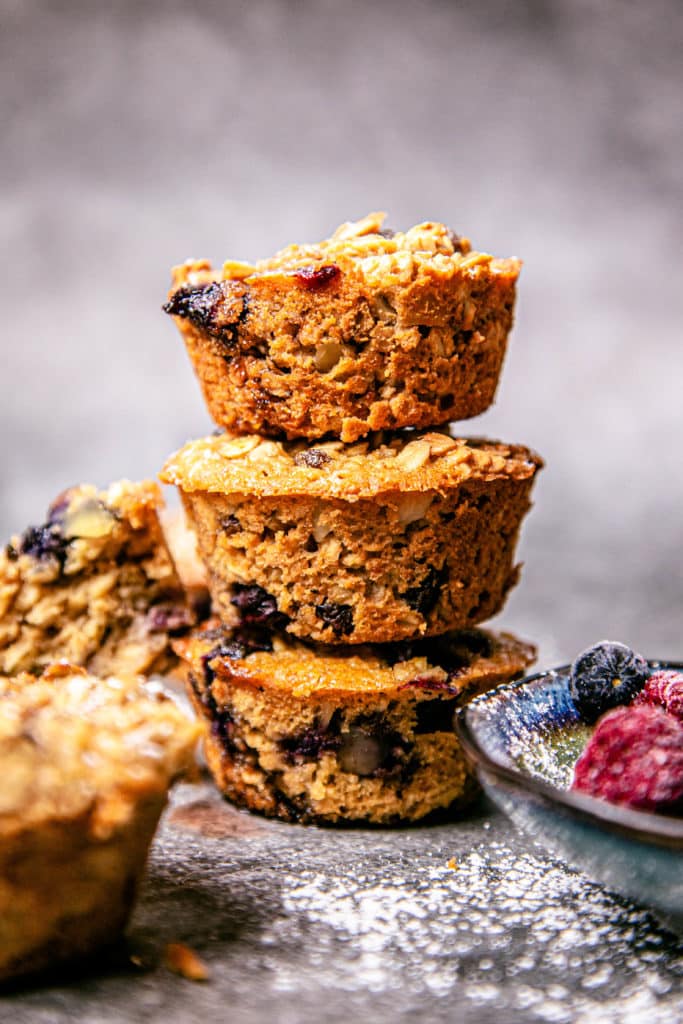
To balance the flavour of some products, sugar adds sweetness to counteract the acidic and bitterness in dressings, brines, and sauces of different kinds.
From all the above functions stated, sugar serves as an important ingredient in many recipes, not only to add taste. It has wide applications ranging from baking, brewing and cooking to dressings and toppings.
Due to the difference in taste and preferences of people, you will find a variety of different coffees such as cappuccino, espresso among others. All differ in the type and concentration of the coffee but the sugar is the heart of the coffee.
So, how do you love your coffee? Sweetened beverages have higher consumption as compared to non-sweetened beverages. This also goes for the carbonated drinks such as sodas.
Many foods and beverages don’t need refrigeration. This can be attributed to the high sugar concentration that reduce water concentration in these substances. The bacteria and fungi hence lack water for use and this reduces microbial activity and formation of mould.
When mixed with water and boiled, one obtains a sugar syrup applied as an ingredient in many recipes. For instance, in the baking industry, the syrup is brushed on pastries to enhance freshness and keep them moist.
If you have a bowl of fruit, try dressing it with a layer of the syrup and see how it becomes a cohesive dish with a glossy look.
Have you ever had a breath-taking cocktail and just wondered how good the bartenders are at their job? Well, infusing a drop of syrup in the drinks just takes the drink to another level of awesomeness.
In drinks and foods that are partly liquid such as chutneys, sugar enhances viscosity and thickness and hence its use as a bulking agent. Sugar increases boiling point in sweets manufacturing and decrease freezing point in production of soft ice creams.
Sugar plays a role in fermenting many foods and beverages such as yoghurt, wine, soy sauce used in cooking, cheese, vinegar and bread.
All of the above reflect the wide applications of sugar ranging from baking, cooking and brewing to dressings and toppings. Consuming high amounts of sugar is not good for the body as it contributes to obesity and lower immunity.
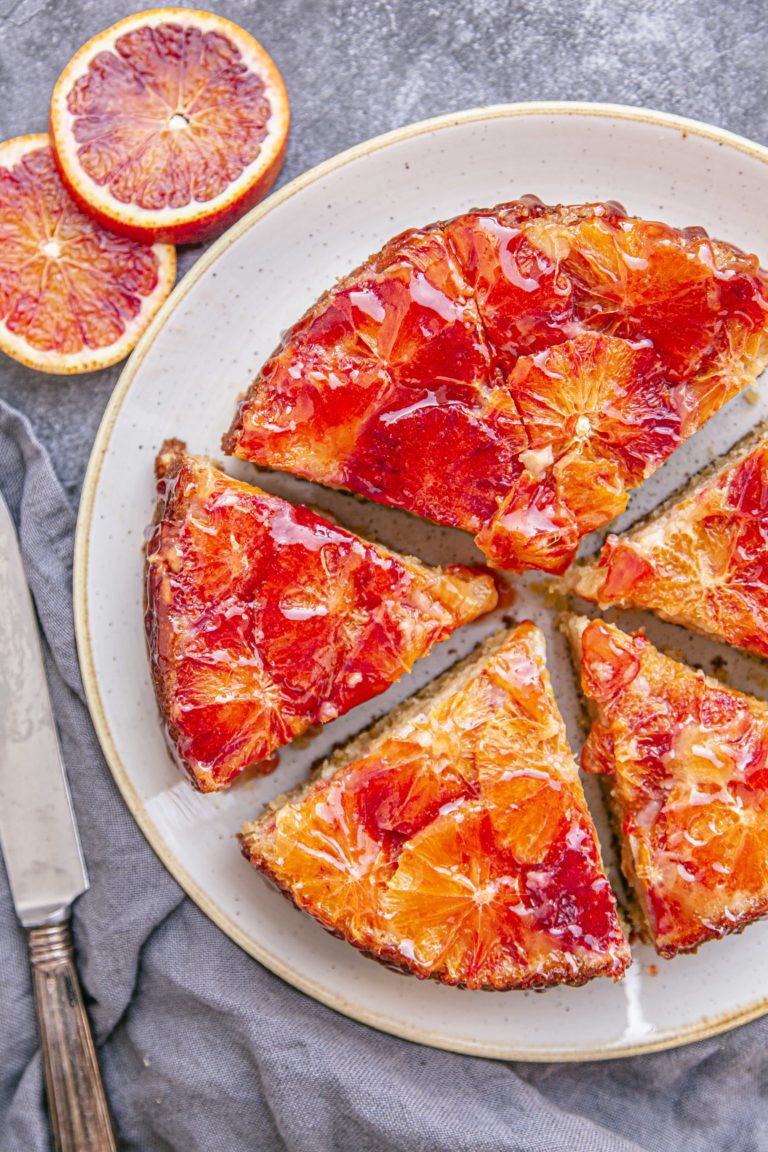
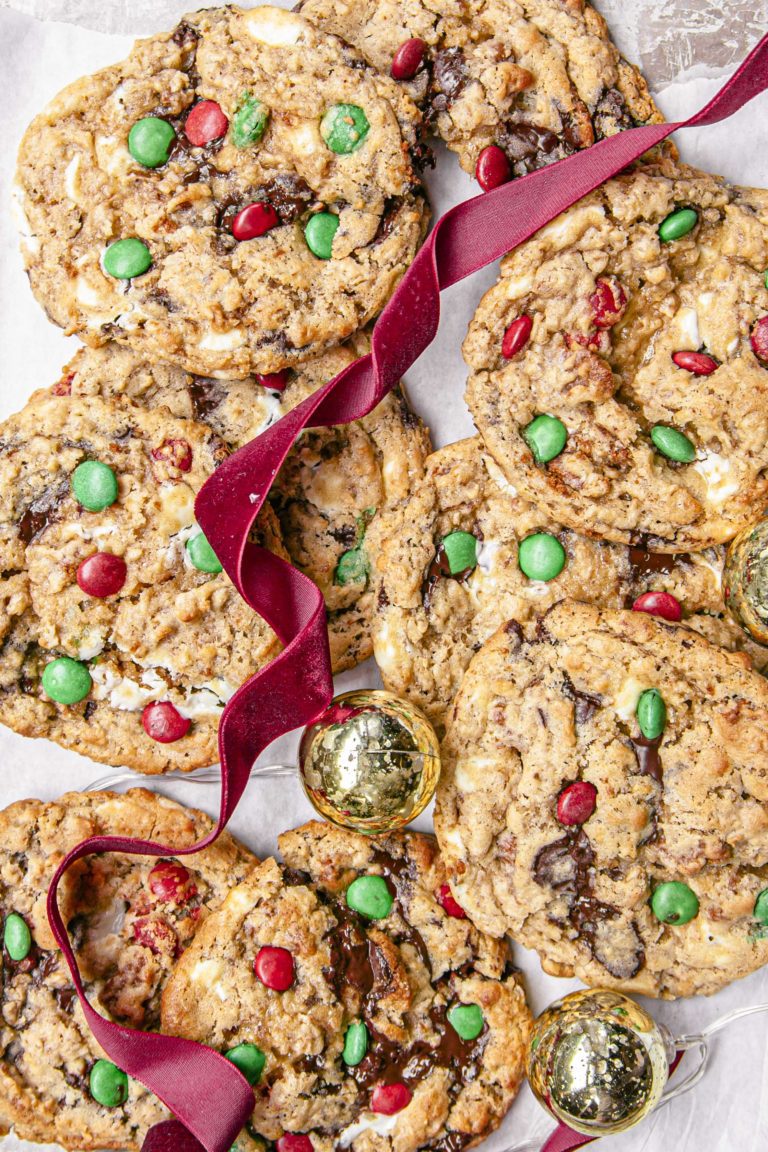
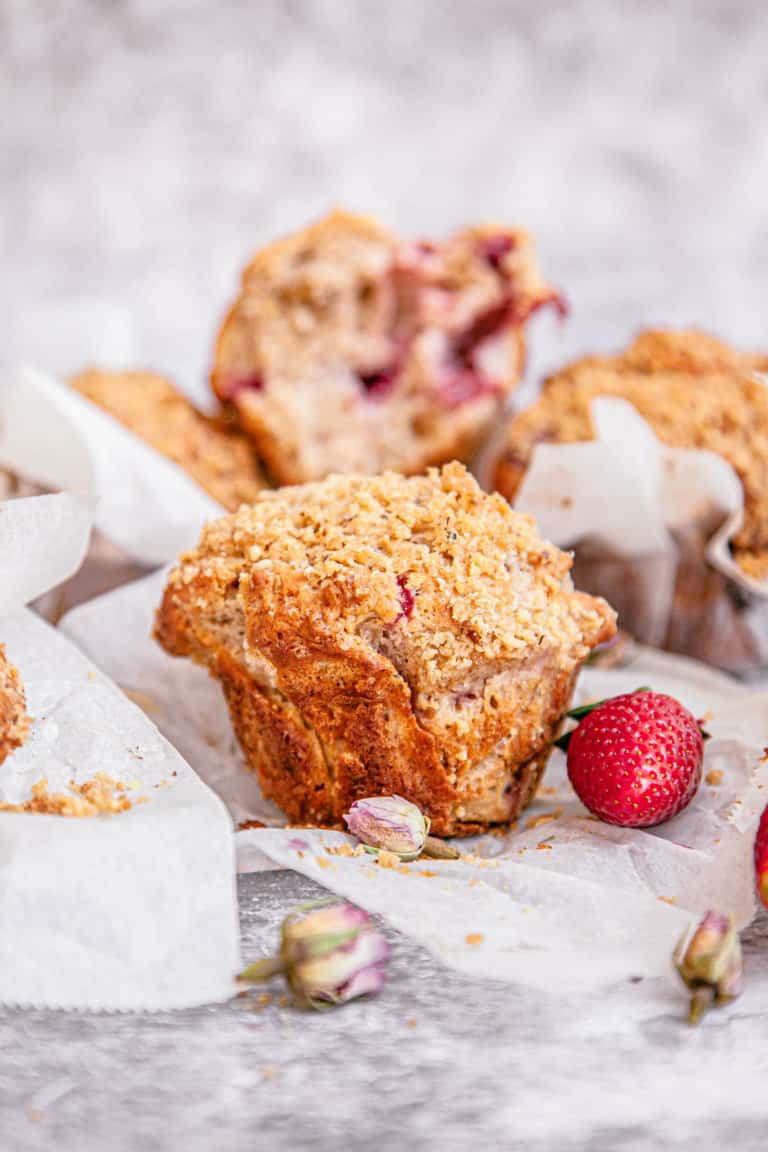
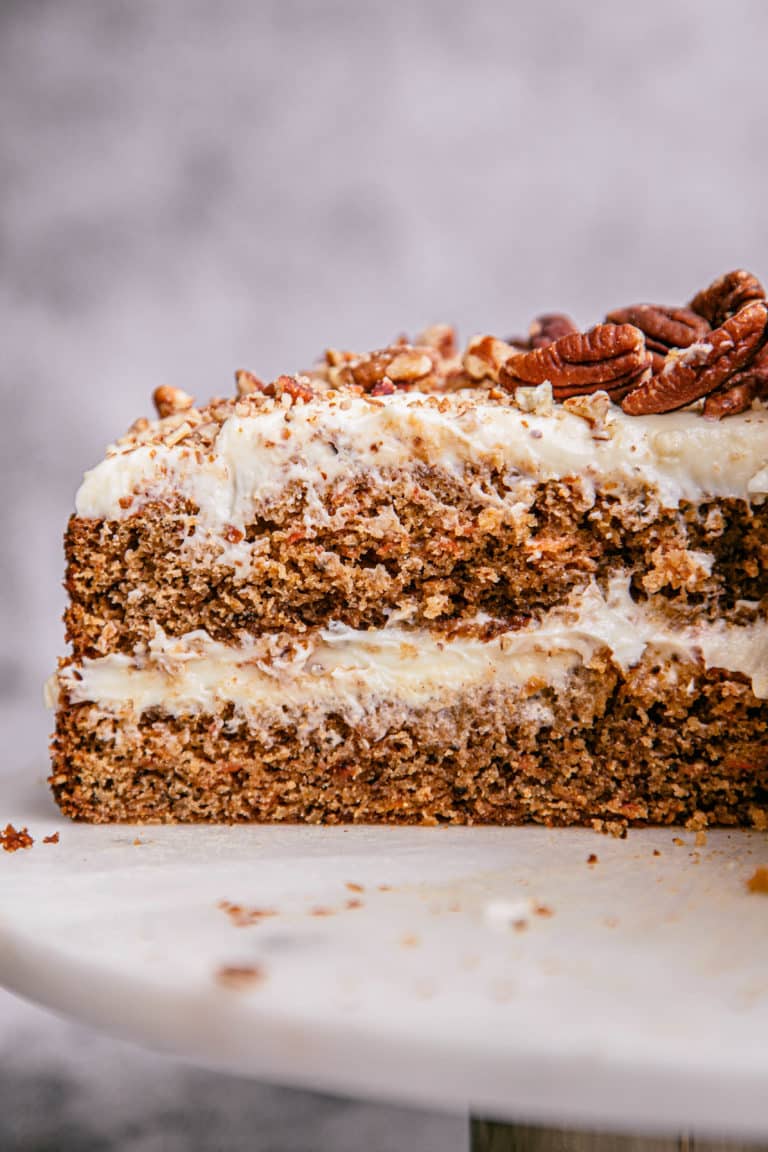
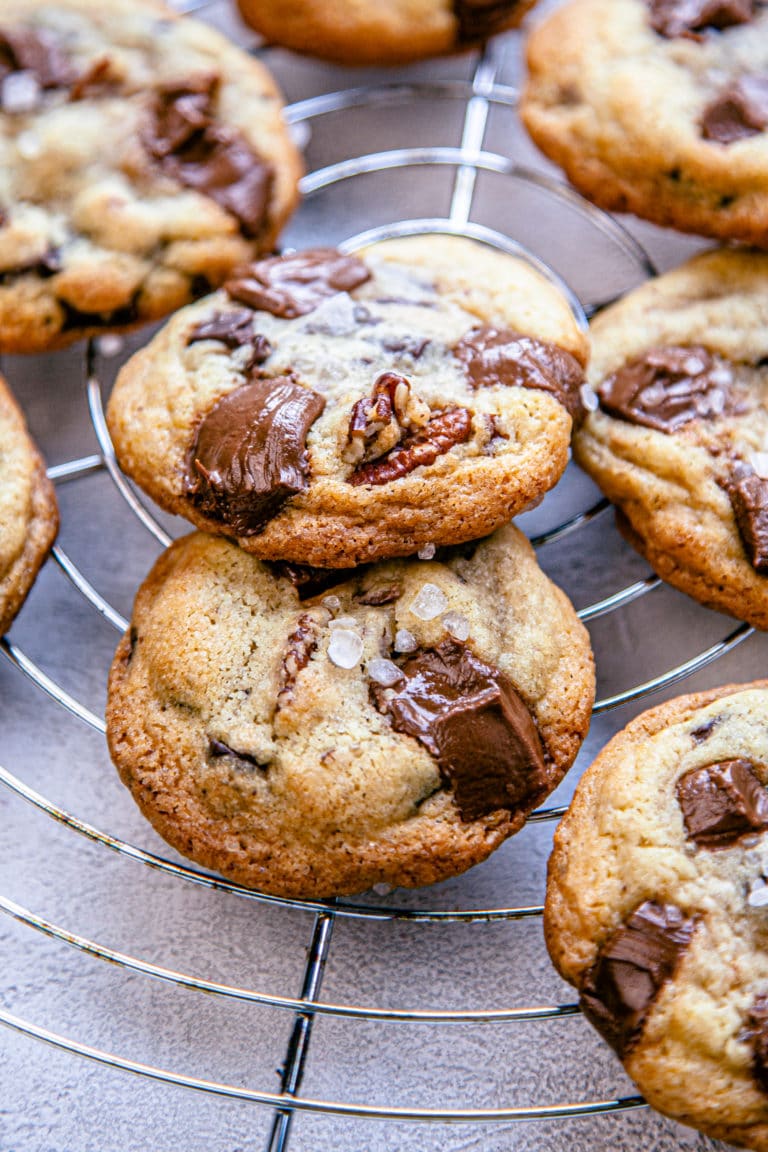
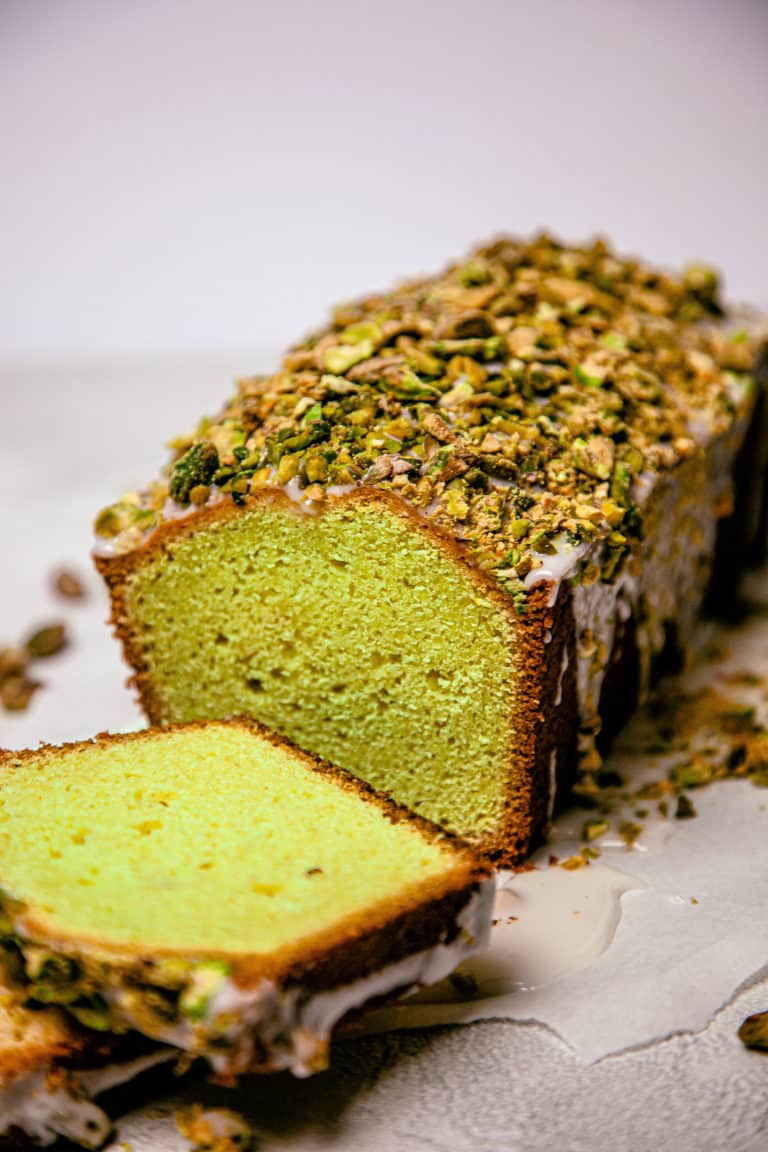
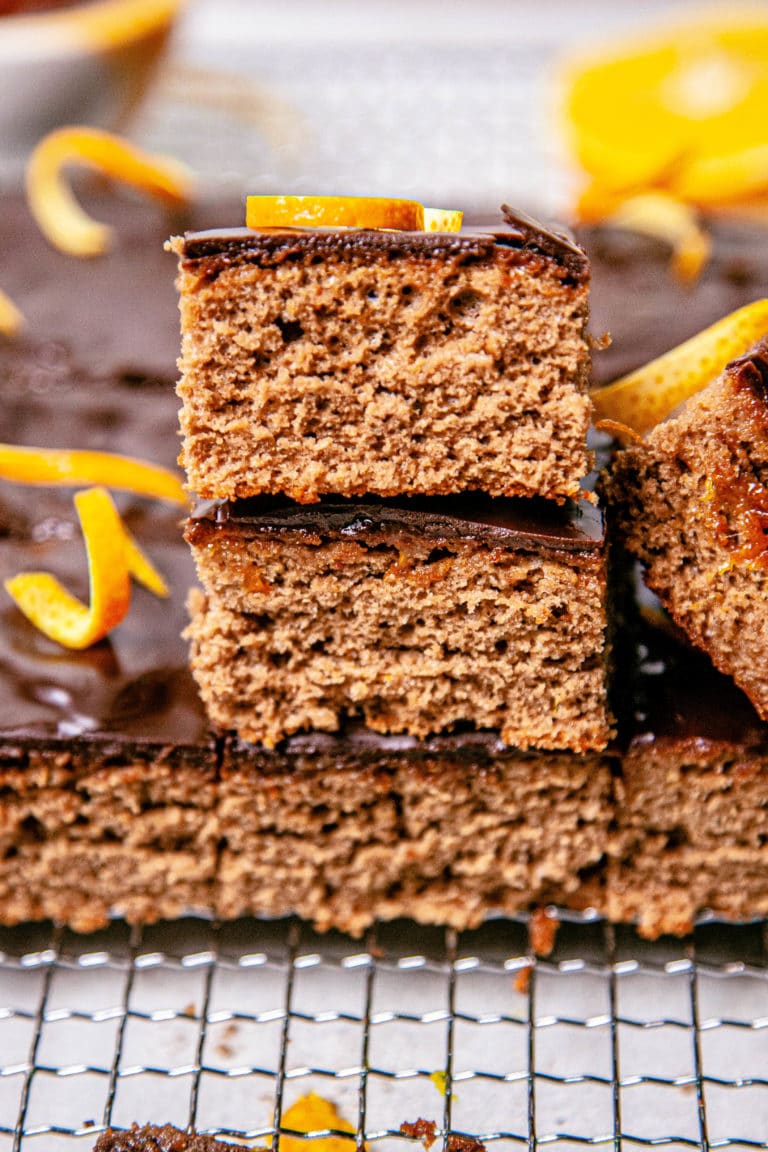


2022. © The Bitery GmbH. All rights reserved. | Cookies